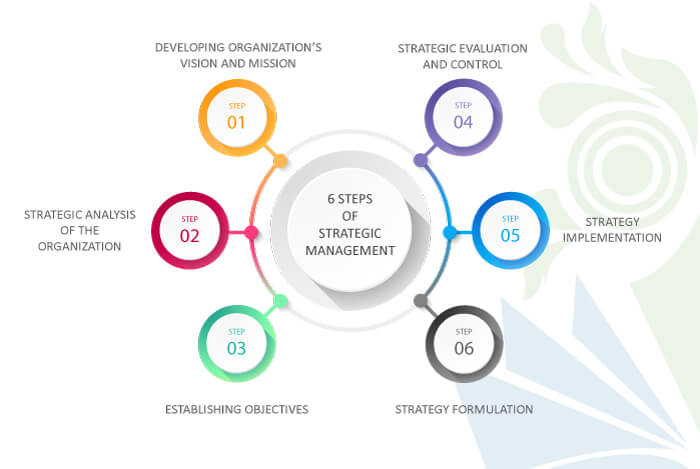Non-NPM Reforms in Developing Countries
We’re back with another new article. This article is written on non-NPM reform. Non-NPM reforms in developing countries are one indicator of administrative reform challenges in developing countries. Here we can find five indicators. Such as:-
- Accountability and Transparency in Developing Countries
- Capacity Building in Developing Countries
- Reforms in Financial management
- Ethics and Corruption
- Issues of reform Implementation & evaluation
These five indicators of non-NPM reforms are described below shortly for better understanding. Let’s see the indicators.
Table of Contents
Accountability and Transparency in Developing Countries
Accountability and transparency are critical and essential elements of democratic institutions and processes. The challenges face through public administration. It is to overcome the traditional culture in the public institutions as well as the pressure groups. Despite such problems, some progress has been made in safeguarding transparency and accountability.
Developing countries are comparatively weak in adopting accountability and transparency measures. However, the Right to Information Act was implemented in India. Furthermore, other developing nations are a welcome step in ensuring transparency and accountability in the public sector.
Capacity Building in Developing Countries
Technology change and globalization made public sector agencies adapt to overcome the challenges. These transformations urged them to improve their capacity and capability.
These countries have to develop their capacity at par with the Western world to introduce NPM-type reforms. The imported reforms were promoted by donor agencies. Developing countries often fail due to the peculiar circumstances prevailing in these countries. It proved that reforms must be made. For instance, home-grown, demand, and government-driven, carefully thought out, and mutually consistent.

Reforms in Financial management
Changes in financial reporting, development of market-oriented management systems and structures that can deal with pricing and provision of public services, development of performance measurement approach, the devolution of budgets, internal and external audits, and reviews of service efficiency and effectiveness are the key elements of financial reforms. A healthy and positive relationship exists between the financial sector and economic development.
Many developing countries, including India, have attempted to improve their financial systems by introducing budgeting changes. Better/efficient economic systems make countries grow faster. Even with many challenges, these countries are trying to improve their financial management systems. And are drawing inspiration from the practices adopted in many of the developed countries.
Ethics and Corruption
Developing countries face many ethics violations and corrupt practices in the government sectors. Transparency International published the recent global corruption report. It highlighted many scandals, especially in developing and less developed countries.
Transparency, accountability, capacity building, financial management reform, ethics, and corruption have shown that developing countries have registered only limited successes on this front. Constraints, for instance, social, political, and bureaucratic situations prevailing in these countries, stand as an impediment to such reforms compared to the developed world.
Issues of reform Implementation & evaluation in developing countries
Reforms failed in developing countries due to poor implementation. Various donor agencies have provided financial assistance to developing countries and thus enabled the implementation of reforms.
Centralization, dependency culture, weak institutional capacity, poor accountability, massive corruption, and demoralized public services affect the performance of reform in these countries.
Challenges
Non-New Public Management (NPM) reforms in developing countries face several challenges, including:
- Institutional Resistance: Existing bureaucratic structures and entrenched interests may resist change, hindering the implementation of reforms aimed at decentralization, privatization, or marketization.
- Capacity Constraints: Developing countries often lack the institutional capacity, skilled personnel, and resources necessary to effectively implement complex reforms, leading to implementation gaps and inefficiencies.
- Political Interference: Political instability, patronage networks, and corruption can undermine reform efforts, leading to inconsistent policies, regulatory capture, and lack of accountability.
- Socio-cultural Context: Reforms may not adequately account for the socio-cultural context of developing countries, leading to mismatches between policy prescriptions and local realities, which can impede successful implementation and acceptance.
- Resource Constraints: Limited financial resources and competing development priorities may restrict the government’s ability to invest in infrastructure, technology, and human capital necessary for successful reform implementation.
- Capacity Building: Developing the capacity of public institutions and civil society organizations to participate in and oversee the reform process is often a significant challenge, affecting the sustainability and effectiveness of reforms.
- Coordination and Alignment: Lack of coordination among government agencies, donors, and other stakeholders can lead to fragmented efforts, duplication of initiatives, and conflicting priorities, undermining the coherence and effectiveness of reform programs.
Addressing these challenges requires a comprehensive approach that takes into account the specific context, capacities, and institutional dynamics of each country. This may involve building consensus among stakeholders, strengthening institutional capacity, promoting transparency and accountability, and ensuring that reforms are tailored to local needs and realities.
Conclusion of non-NPM
The discussion in this assignment shows that many developing countries have started reform programs. Some of the concepts of New Public Management (NPM) were introduced; it can be seen some countries began reform programs in light of the new public management perspective. Some adopt elements of it. Some others undertook these reforms independent of the NPM label. Scholars agree that the developed world’s NPM reforms need to be carefully reviewed to accommodate things such as social, cultural, political, and administrative factors before implementing them in these countries.
FAQs (Frequently Asked Questions)
What is NPM reform?
NPM stands for New Public Management. NPM reform refers to a set of management principles and practices that emerged in the late 20th century aimed at modernizing and improving the efficiency of public sector organizations. It emphasizes principles such as decentralization, market-like mechanisms, performance measurement, and accountability.
What are the 4 types of public administration?
The four types of public administration typically include:
1. Classical Public Administration
2. New Public Management (NPM)
3. Public Choice Approach
4. Public Governance Approach
What is NPA and NPM?
NPA stands for New Public Administration, which emerged as a response to the limitations of traditional public administration in addressing societal problems. It focuses on issues of social equity, justice, and citizen participation. NPM, as mentioned earlier, stands for New Public Management, emphasizing managerial approaches borrowed from the private sector to improve public sector efficiency.
What is the meaning of public management reform?
Public management reform refers to deliberate and systematic changes made to the structures, processes, and practices within the public sector aimed at enhancing its efficiency, effectiveness, and responsiveness to societal needs. These reforms often involve initiatives such as decentralization, privatization, performance measurement, and increased accountability.




Pretty! This has been a really wonderful post. Thank you for supplying this info.